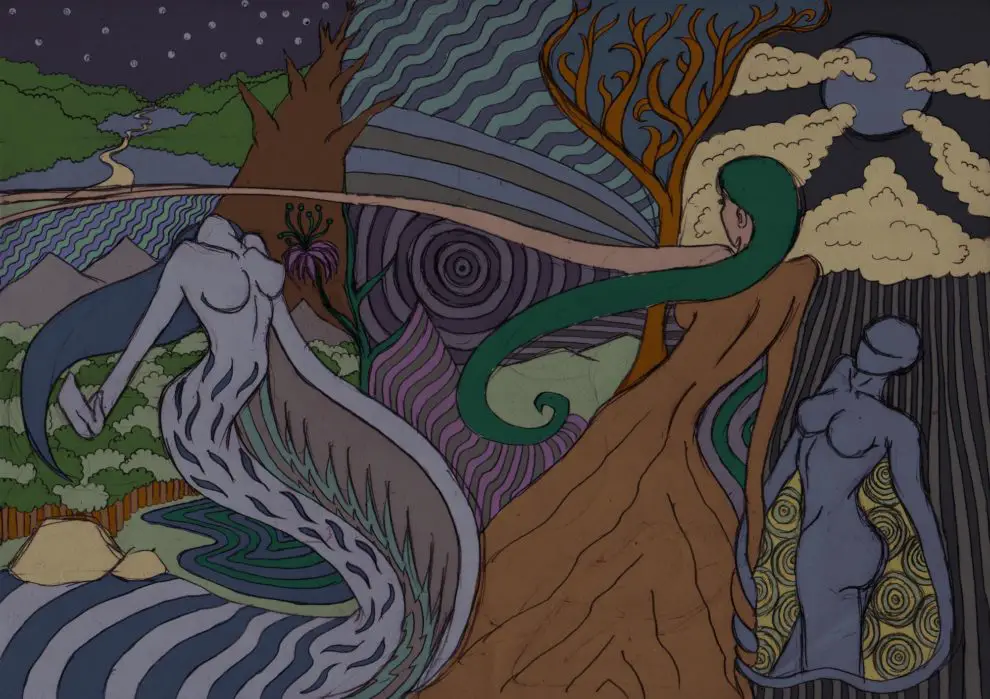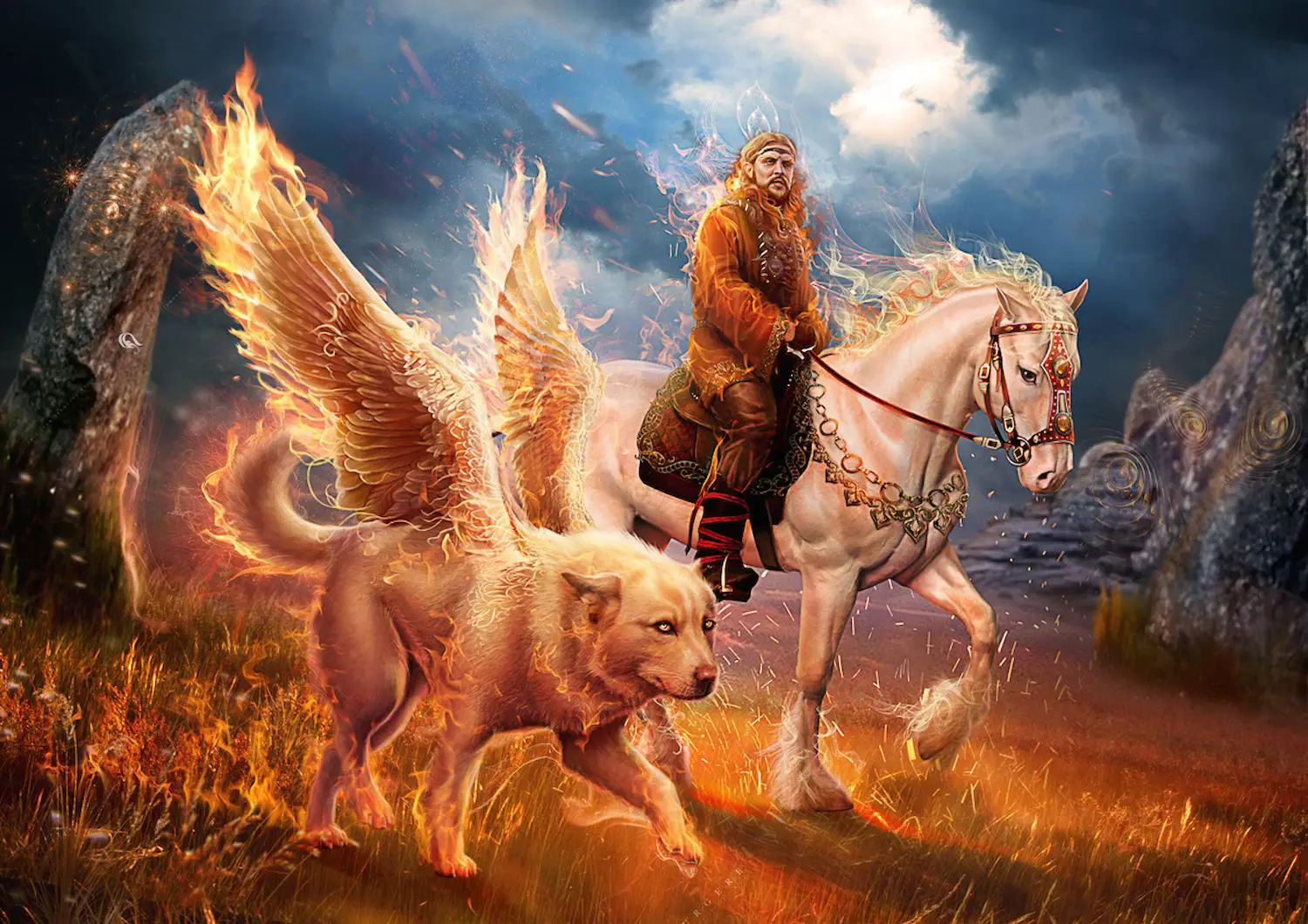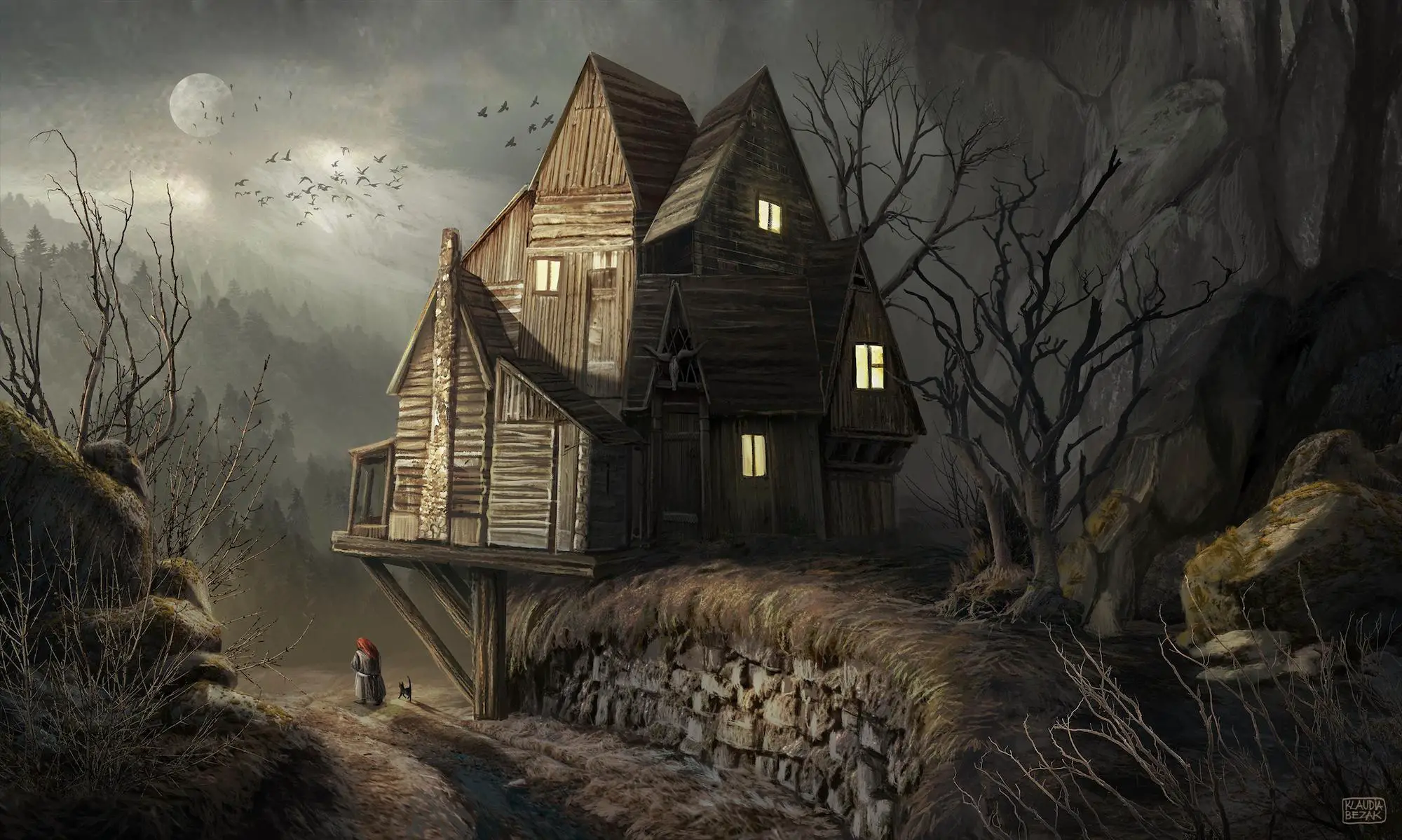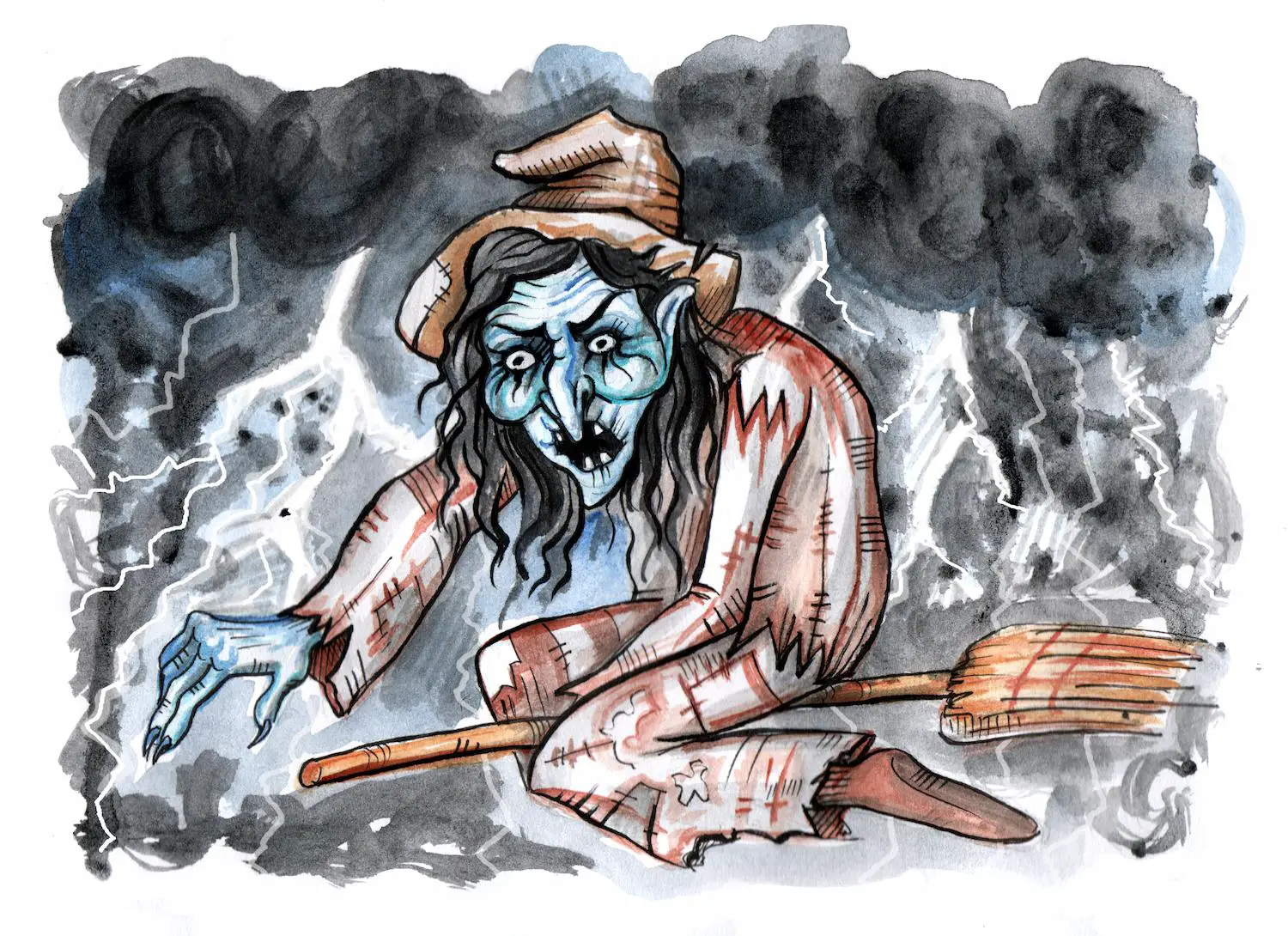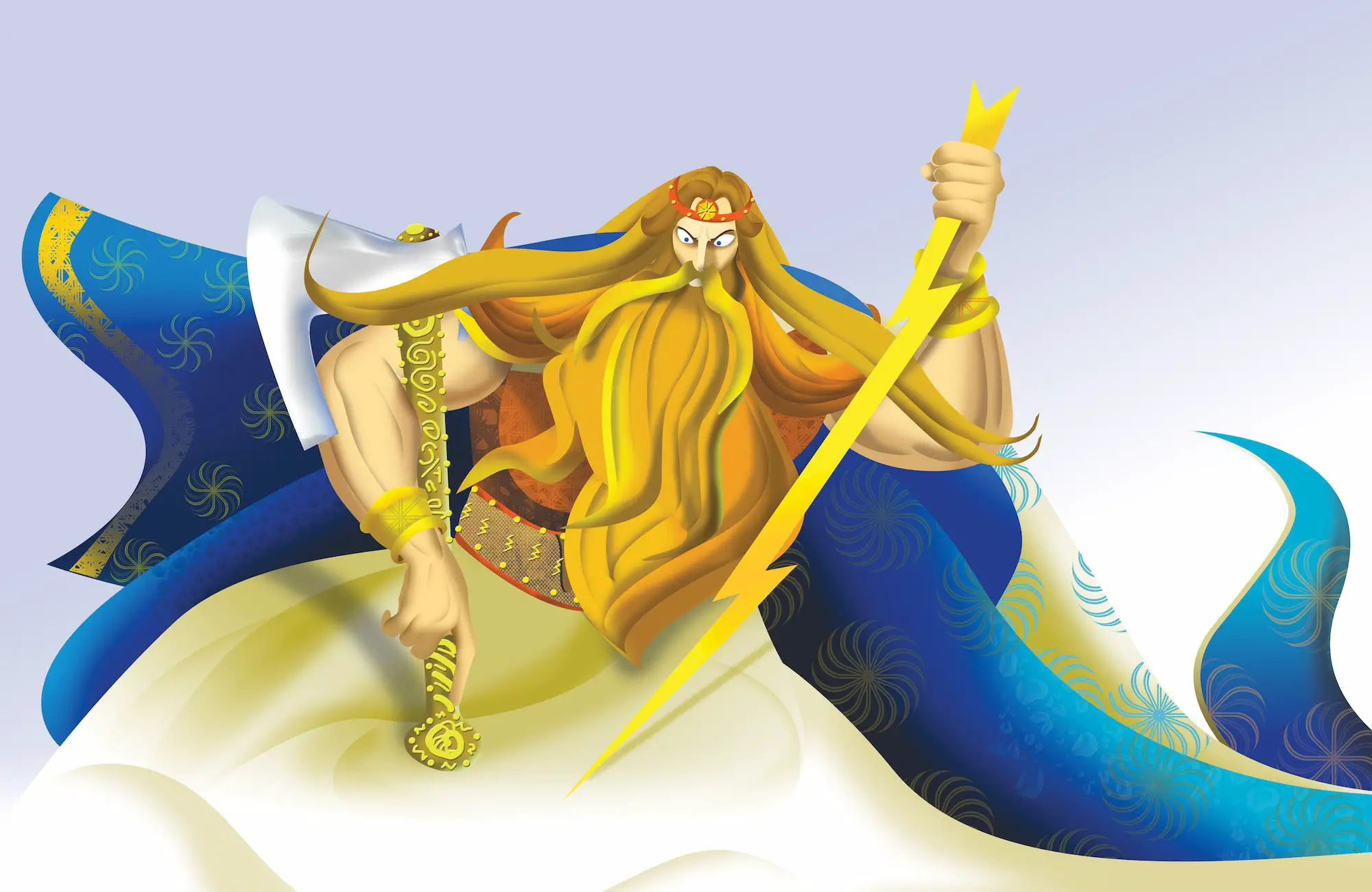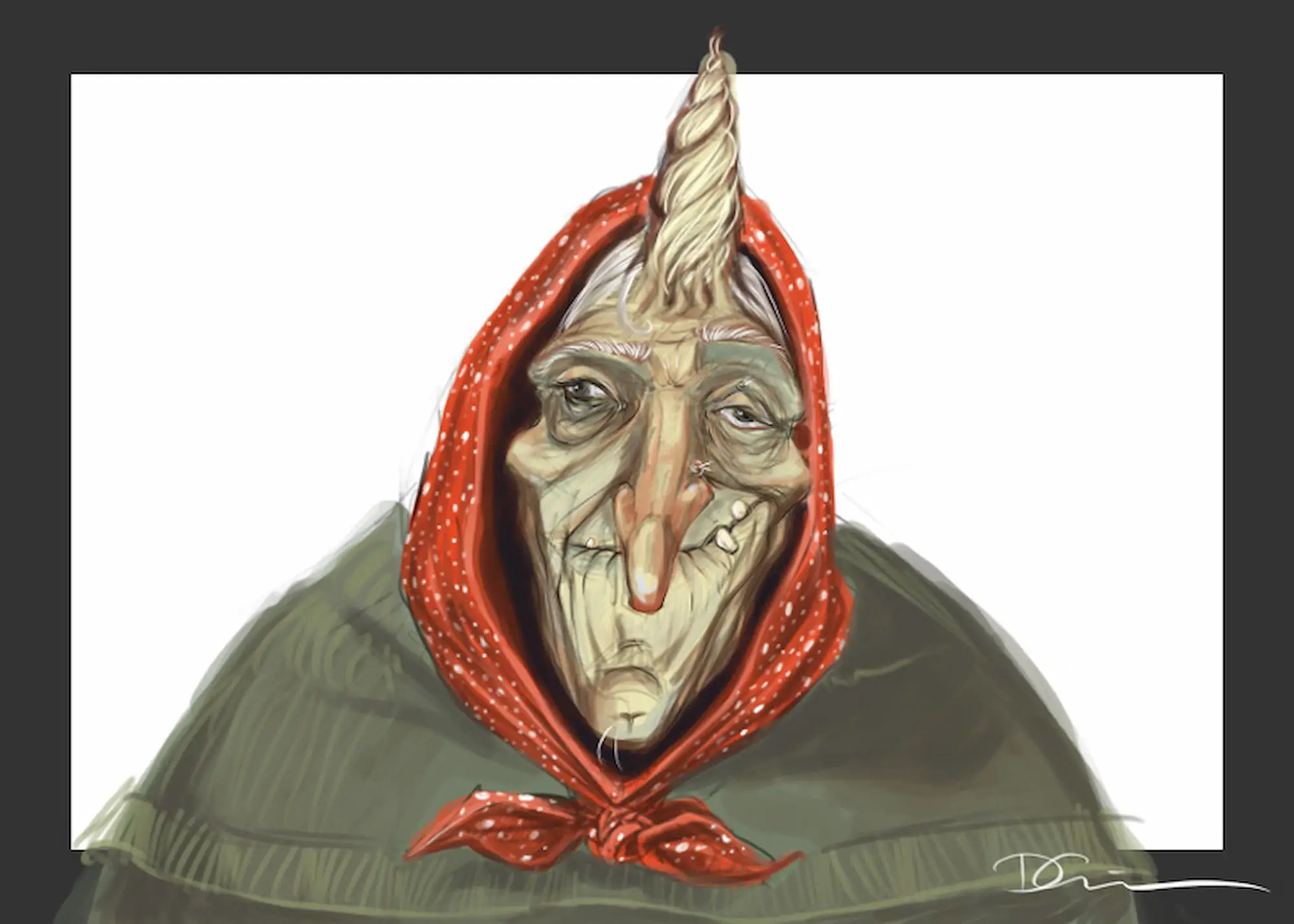There are many myths and legends in Bulgarian culture and folklore, but the biggest one has to be the existence of Macedonian language and Macedonians.
Just a joke, we’ll leave politics to the politicians.
We have something more fun to write about, like Bulgarian tales and stories of creatures and spirits that our babas (grandma) have told us, and ones that historians have managed to dig up.
Here, you can read all about the roots of Bulgarian mythology, and the mythic creatures that have helped and, in some cases, pestered Bulgarians in the past, bringing joy and sorrow, as all magical creatures do.
Table of Contents
The Roots of Bulgarian Mythology & Folklore
Considering the rich history and various ethnicities that live in modern-day Bulgaria, it’s fair to say that this country is a mystery. But, the diversity has contributed to creating a world of mythology and folklore that is unique, but still similar to other Slavic folklore tales around the world.
The first thing we need to know in order to understand Bulgarian folklore is that most of the stories and legends related to these creatures involve a village and mountain.
Bulgaria has mountains – like a lot, so it’s understandable that most of these creatures would be found hiding in mountains and forests [1].
Other creatures are of course found in people’s homes or cemeteries, as you’d expect from classic Slavic stories. So without further ado, let’s get into describing the most famous creatures in Bulgarian folklore and mythology.
Creatures in Bulgarian Mythology
Some of the creatures on this list are similar to ones you might encounter in other Slavic cultures, while some are very unique to Bulgarians, but one thing is for sure – they’re all amazing and provide a glimpse into Bulgarian culture.
1. Lamya
The lamya(or lamia) is a female version of a dragon, albeit slightly changed. It’s said that the lamya had three or nine heads (dog heads), sharp teeth, and a body covered in yellow scales. In some stories it also has razor-sharp claws and webbed wings.
Unlike your everyday dragon, the Lamya rarely attacked people, but it extorted food from them. It’s said that a lamya was capable of stopping rivers and lakes, causing droughts and forcing people to contribute sacrifices to it, after which it would allow rivers and lakes to flow.
It’s also claimed that brave warriors and champions have fought lamyas, but that it was very hard to kill them as all its heads needed to be severed in order to kill it. They are considered to be mainly water creatures.
2. Zmey
The Lamya’s mortal enemy, the Zmey is a dragon which in Bulgarian myths is mostly considered to be a creature that helps people, rather than being a menace to them.
They are male, and considered to be brothers to Lamyas. And while the Lamya had water-creature-like features, the Zmey is related to fire and looks more like a classic dragon.
The Zmeys are considered as creatures who serve as protectors of families and crops. They are kings of all weather phenomena like winds, rains, sunlight, hails, and storms.
Although friends of men, Zmeys were sometimes also hunted, because it was said that a man who eats a Zmey’s heart will gain superhuman strength and many other abilities.
Related post: Croatian mythology
3. Orisnizi
A trio of female creatures that looked like women, this elusive triumvirate was said to live at the end of the world, near the Sun.
According to some tales, the first one was young, and was somewhere between 16-20 years old, representing the youth. The second one was between 25-30, representing the physical prime of a human. The third one was said to be older than 35, representing wisdom and maturity.
Orisnizi had one job – go into homes where there’s a newborn, and when the baby is three days old, they would predict its fate.
4. Hala
A female demonic creature which is considered good by some, and evil by others – depending on the type of experience they had with it.
The Hala (or Ala) was a demon that would sometimes cast hails and storms on crops and destroy them, often causing troubles to farmers and beekeepers, as it sometimes looted their crops instead of destroying them.
One thing the Hala was known for was its appetite. It’s said that sometimes it even ate children, and on days when it was really hungry, it would try to eat the Sun and the Moon, which is how solar and lunar eclipses happened.
However, if one would encounter a Hala somewhere in the woods and treat it with respect and trust, the Hala would spare them and even take a liking to them. In some cases, the Hala would bring good fortune and even make the person who saw it very rich!
5. Baba Yaga
The one and only! A presence in Slavic stories from all around the world, Baba Yaga is also a big deal in Bulgarian mythology.
Whether it’s snatching children away and taking them to her cave to eat them, or simply casting spells and cursing people, Baba Yaga is trouble.
For some though, Baba Yaga was benevolent and would help them in their travels and quests.
6. Torbalan
A creature similar to Baba Yaga, but much more sinister and unforgiving. No one knows what a Torbalan looks like, only that it has a bag (torba means ‘bag’ in Bulgarian, hence the name).
The Torbalan would snatch children who misbehaved and were disrespectful to their parents and elders, taking them far away in their torba and leaving them in the middle of nowhere. In some cases, a Torbalan would also snatch unattended or wandering kids.
Also Read: Bulgarian folk costumes
7. Samodiva
Also known as Samovilas, these wooden nymphs and fairies were thought to live near bodies of water like lakes and rivers.
They were considered to be very beautiful, but also dangerous to people. If a man looked at a samodiva, he’d fall in love with it right away, and if a woman saw one, she would take her own life at the sight of such divine beauty.
But unlike the Vili and the Samovili, they weren’t all bad, as they possessed the power to heal and make healing potions. They were considered to be ‘Children of the Forest’ and knew all the plants and how to mix them.
That’s why in many Bulgarian folk tales the protagonist would have to eavesdrop on a meeting of Samodivas to find a cure or remedy for a beloved one.
Samodivas were also known for their dances, as it was said that they dance every night from dusk till dawn. By performing these dances, they replenished their energy or simply hypnotized wanderers and travelers, and fed off their life energy.
8. Chuma
The word ‘chuma’ in Bulgarian and some other Slavic languages translates literally to ‘plague’, but the Bulgarians took it up a notch and made it a legend. A scary one at that.
In Bulgarian mythology, Chuma is represented as an ugly old woman with long arms and bony hands. It only appeared in places where there were lots of sinners, killing them with arrows, but it was merciful to older people and widows, sparing them if their houses were clean [2].
The Bottom Line
Bulgarian history is complex and filled with various tales and legends of creatures and people, most of them bearing a Slavic background, but there are also some that come from other ethnicities.
The mixing of various cultures and ethnicities in Bulgaria have enriched their myths and legends, making Bulgarian mythology one of a kind in the world of the Slavs.
Sources
- https://bulguides.com/mountains/
- https://themythdetective.com/index.php/chuma-myth/







